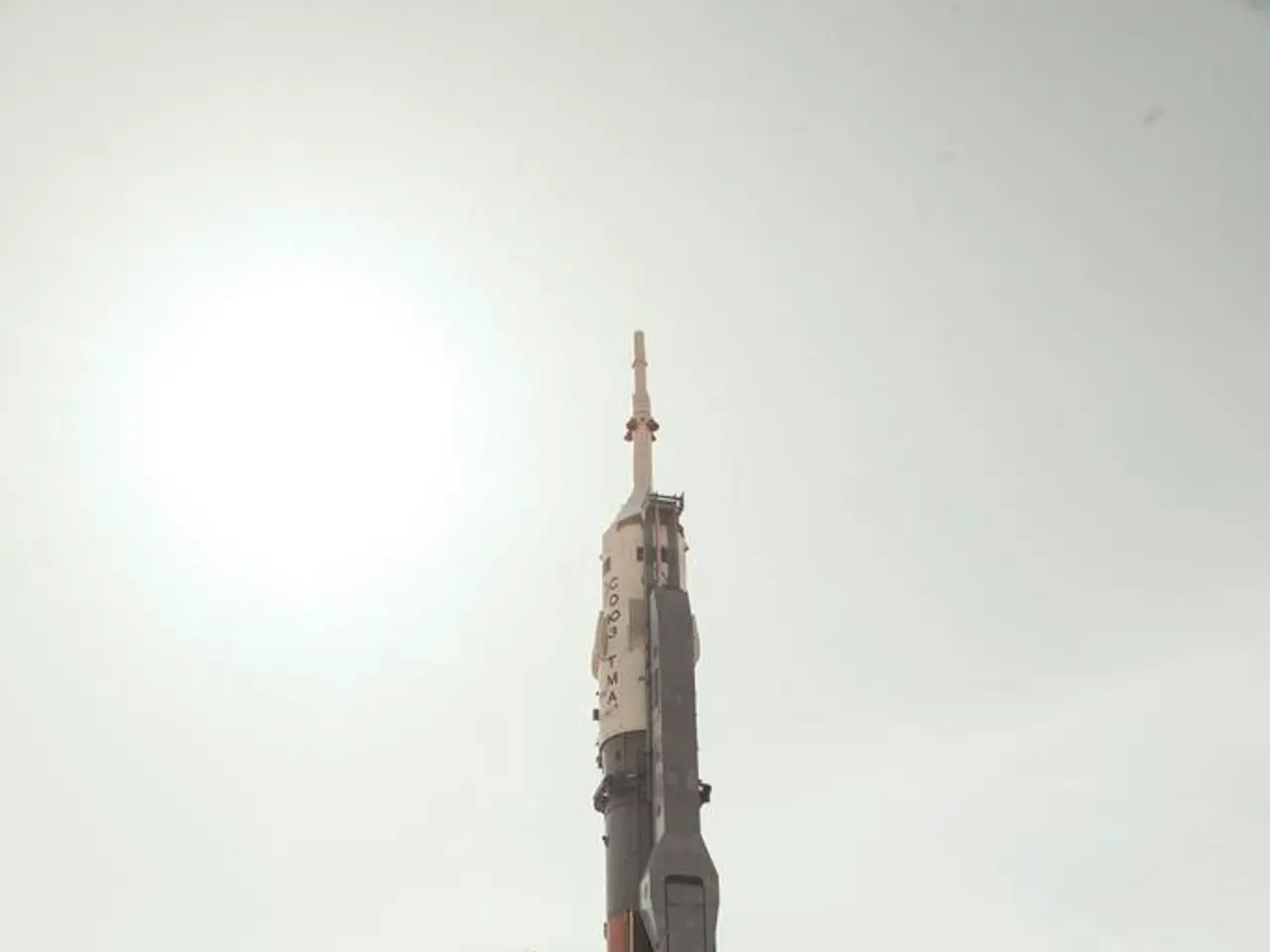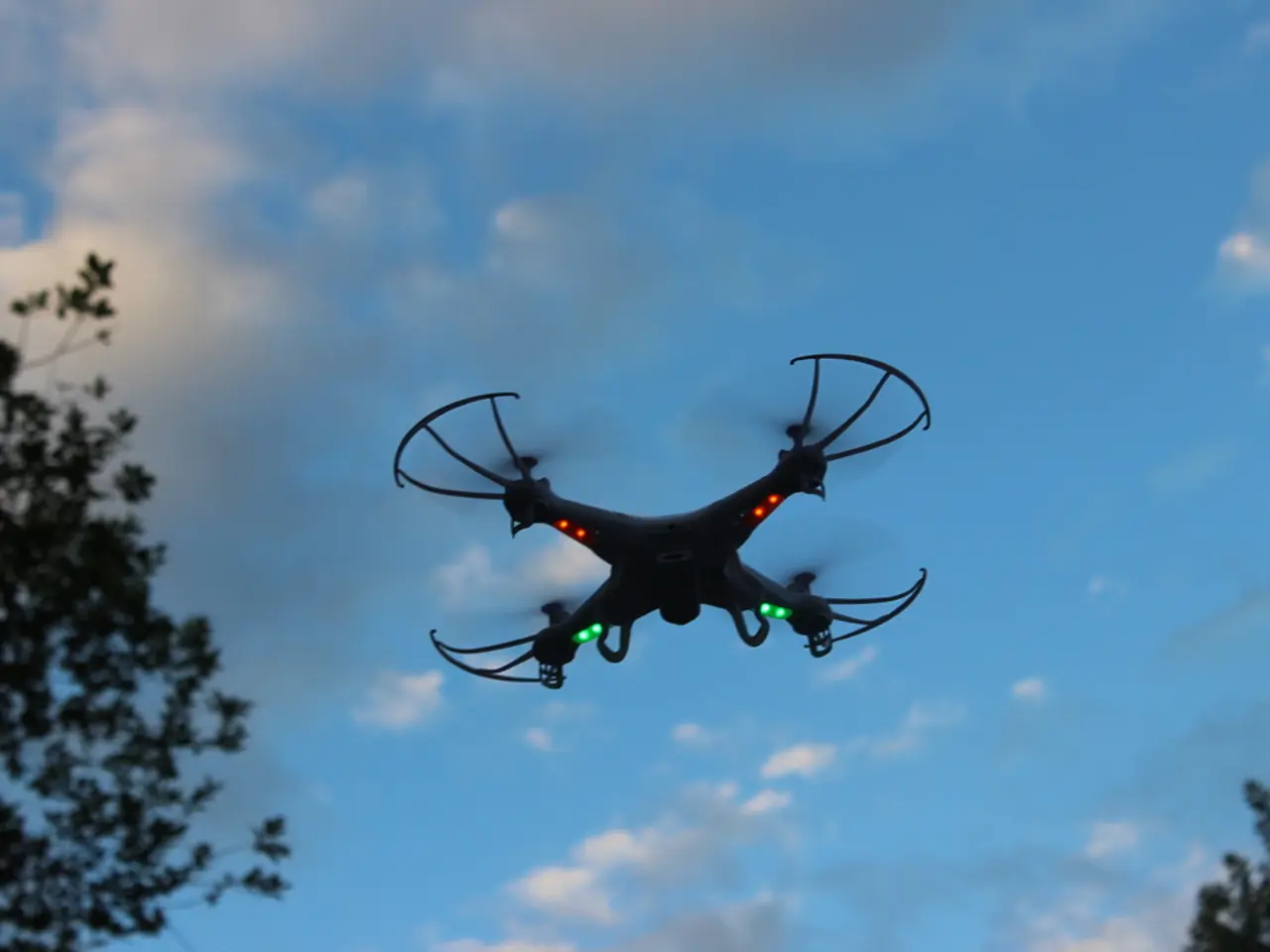Unidentified Flying Object Encounter on Japan Airlines Flight 1628 (1986)
On a chilly November evening in 1986, Japan Airlines Flight 1628, a cargo flight from Paris to Tokyo via Anchorage, found itself in an extraordinary situation. As the aircraft traversed Alaska, the flight crew reported an extended encounter with an unidentified flying object (UFO). This event, now considered one of the most credible UFO sightings, is notable due to its visual observation by the crew, radar tracking by air traffic control, and subsequent investigations by several authorities.
Captain Kenju Terauchi, an experienced former fighter pilot with over 10,000 hours of flight time, led the flight. He and his crew reported seeing two smaller objects that appeared to be escorting a massive, bright, and silent craft that hovered near their aircraft for an extended period. The UFO reportedly emitted strange lights and maneuvered around the plane without responding to any radio attempts.
Radar operators at Anchorage International Airport picked up echoes consistent with the sightings described by the crew. The object's size was described as significantly larger than a typical commercial aircraft.
The Federal Aviation Administration (FAA) documented the incident and interviewed the crew. John Callahan, then Division Chief of FAA, noted the anomalous nature of the encounter. The North American Aerospace Defense Command (NORAD) reportedly tracked the object on radar but later downplayed the incident, suggesting atmospheric phenomena might explain the sightings.
The Central Intelligence Agency (CIA) was indirectly involved, expressing interest in unexplained aerial phenomena during that period. However, no public detailed report from the CIA was ever released regarding this incident. The sighting was significant enough to have been noted within the Reagan administration, which during the 1980s had heightened interest in aerospace threats. Yet, no public statement or official government confirmation validating the UFO as extraterrestrial was made.
John Callahan, a retired employee from the FAA, was called to investigate the incident. He documented the event using a newly purchased video camera, capturing radar and visual data that corroborated the pilot and air traffic controller's observations. Despite evasive maneuvers and a descent to 4,000 feet, the massive UFO continued to shadow the aircraft. Two strange lights outside the cockpit window were observed, maneuvering and pacing the aircraft at about 500 miles per hour.
Callahan presented his findings to a high-profile assembly, including President Reagan’s scientific staff, the CIA, the FBI, and various FAA experts. A CIA representative allegedly insisted that the meeting "never happened" and that the incident itself was to be kept confidential due to potential public panic.
The incident attracted significant attention from aviation and government authorities, including the FAA, FBI, CIA, and representatives from President Reagan’s administration. Despite the FAA's three-month investigation, they concluded there was nothing to substantiate the pilot's story of a UFO encounter.
Today, the mysterious encounter of Japan Airlines Flight 1628 over Alaska serves as a compelling case within the broader context of aviation encounters with unidentified aerial phenomena. While official explanations have ranged from optical illusions and radar anomalies to atmospheric reflections, none fully account for the encounter's details. The event remains a fascinating chapter in the ongoing exploration of the unknown.
- The mysterious encounter with the unidentified aerial phenomena (UAP) in Alaska left an impact on Captain Kenju Terauchi, an experienced aviator, who led the Japan Airlines Flight 1628.
- The unidentified flying object (UFO) that the flight crew witnessed was larger than a typical commercial aircraft, as observed on radar by operators at Anchorage International Airport.
- Despite several investigations by authorities like the Federal Aviation Administration (FAA), the North American Aerospace Defense Command (NORAD), and the Central Intelligence Agency (CIA), the extraterrestrial origin of the UFO remained unexplained.
- The UFO sighting by Japan Airlines Flight 1628 was significant enough to have been noted within the Reagan administration, which had a heightened interest in aerospace threats during the 1980s.
- Retired FAA employee John Callahan, who investigated the incident, captured visual and radar data that corroborated the pilot and air traffic controller's observations of the UFO.
- The researcher presented his findings to a high-powered assembly, including representatives from President Reagan’s scientific staff, the CIA, the FBI, and various FAA experts.
- The space-and-astronomy industry, finance, and transportation sectors, particularly aviation, have shown keen interest in these unexplained encounters with UAPs.
- The sustained interest in UAPs by military, scientific, and government personnel indicates a need for more extensive research and disclosure to address these unexplainable phenomena.
- Despite the FAA's three-month investigation, many questions surrounding the UFO sighting by Japan Airlines Flight 1628 remain unanswered, fueling curiosity and debate within the industry and science community.
- The encounter between Japan Airlines Flight 1628 and the unidentified aerial phenomena serves as a reminder of the ongoing mystery and the possibility of life beyond our planet, spurring continued exploration and investigation.







